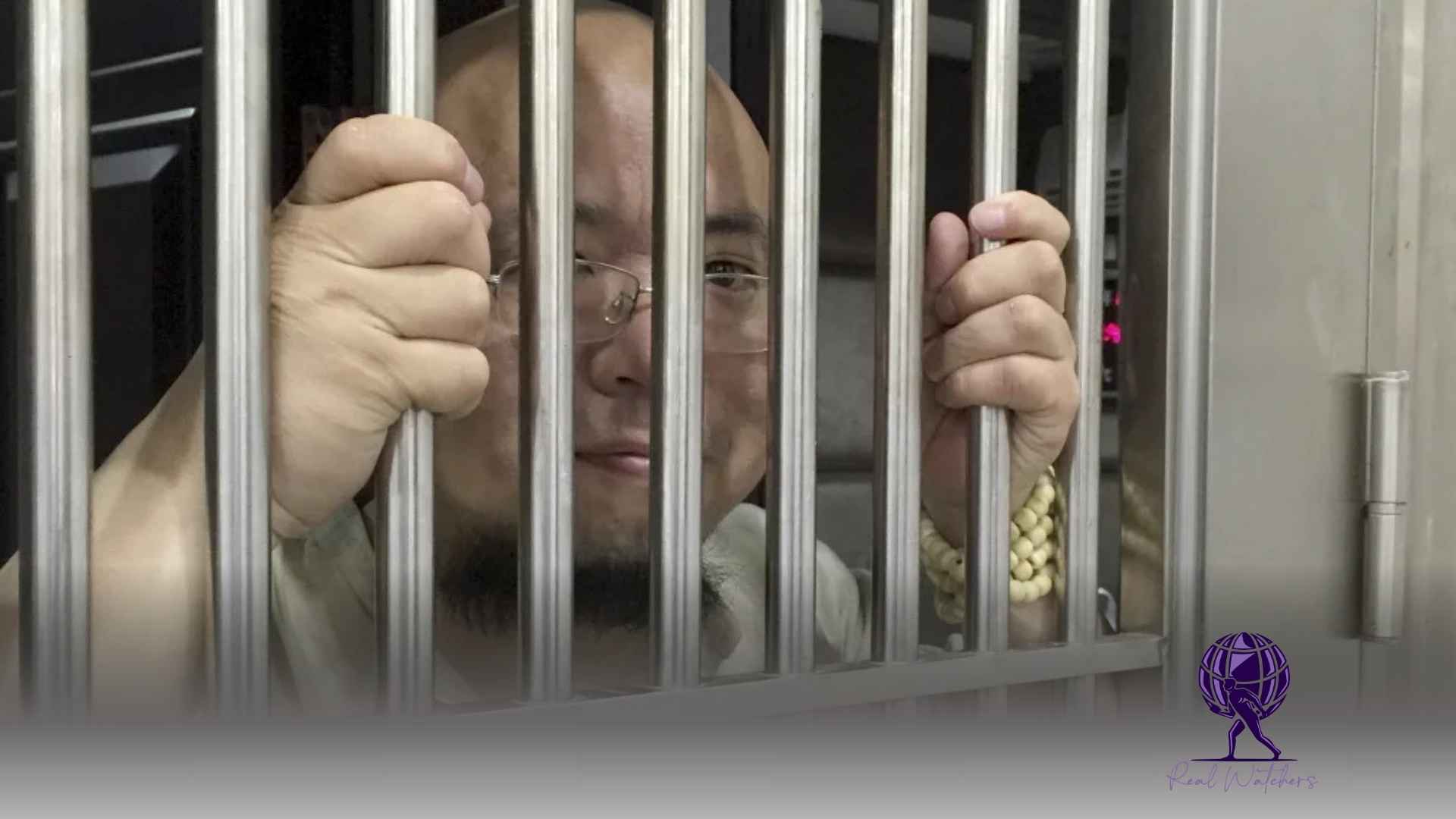President-elect Donald Trump has expressed his intention to abolish daylight saving time (DST), claiming it is “inconvenient” and “very costly” for the American populace.
In a recent statement on his platform, Truth Social, Trump expressed that Daylight Saving Time has “a small but strong constituency, but shouldn’t” continue, asserting that his Republican party aims to abolish it.
Daylight Saving Time involves adjusting the clock forward by one hour in the spring and reverting it in the autumn, a strategy to optimize natural daylight.
According to the Pew Research Centre, a significant one-third of the world’s countries are affected, with a notable concentration in Europe. In the United States, there has been a persistent call from certain groups to abolish this longstanding tradition.
Proponents of standard time argue that it has significant health benefits, asserting that increased morning light contributes to better sleep cycles during the darker evenings. Experts suggest that daylight saving time can disrupt established sleep patterns.
However, proponents are advocating for the permanent implementation of Daylight Saving Time. They contend that extended daylight in the evenings, particularly for individuals commuting from work or school, could decrease crime rates and energy conservation and potentially save lives by lowering the incidence of road accidents.
Each party asserts that their chosen alternative would yield superior economic outcomes.
Trump’s proposal marks another effort to modify the longstanding biannual tradition of seasonal clock changes in the United States.
A 2022 bill to make daylight saving time permanent passed through the Democratic-controlled Senate.
The Sunshine Protection Act, introduced by Republican Senator Marco Rubio, ultimately did not reach President Joe Biden for consideration.
In a significant development, Trump has selected Rubio as secretary of state in his forthcoming administration.
The United States initiated seasonal clock changes in 1918, a measure implemented during World War One to conserve fuel resources. The measure faced significant opposition from farmers and was repealed following the war’s conclusion.
Daylight Saving Time came back during World War II and was established as a permanent practice in 1966, allowing states to opt out.
Hawaii and most of Arizona do not observe the time changes associated with Daylight Saving Time.
A study by Joan Costa-i-Font, a professor at the London School of Economics, revealed that Daylight Saving Time has negatively impacted sleep and physical health and increased feelings of fatigue, stress, time pressure, and mental health issues.
A study conducted by Prof Costa-i-Font revealed that abolishing Daylight Saving Time could significantly boost economic output, amounting to €754 ($792; £627) for each individual annually.
In 2022, Mexico became one of the countries that abolished the practice of daylight saving time. However, certain regions close to the US border continue to observe it, primarily due to economic and logistical considerations. That year, Jordan also concluded the practice.
Countries like Turkey and Russia have adopted a permanent Daylight Saving Time in the past decade.
A recent poll conducted by Monmouth University revealed that approximately two-thirds of Americans favor making Daylight Saving Time a permanent fixture.








